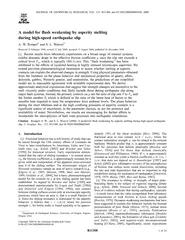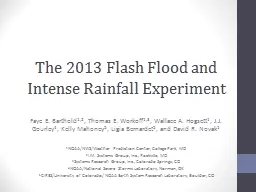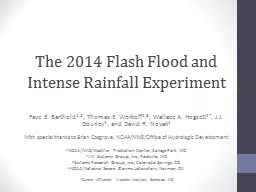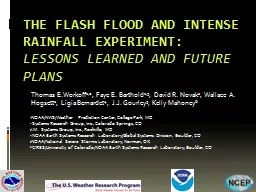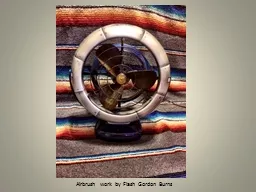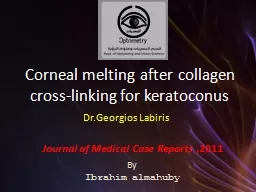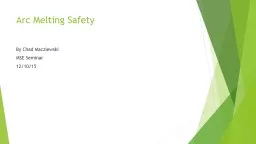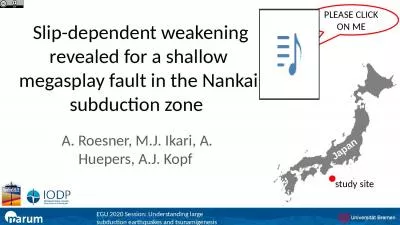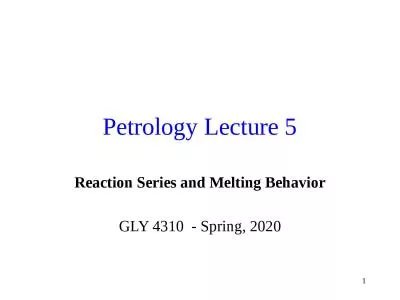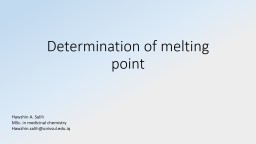PDF-A model for flash weakening by asperity melting during
Author : jane-oiler | Published Date : 2015-05-01
W Rempel and S L Weaver Received 25 February 2008 revised 22 July 2008 accepted 15 August 2008 published 26 November 2008 Recent results from laboratory experiments
Presentation Embed Code
Download Presentation
Download Presentation The PPT/PDF document "A model for flash weakening by asperity ..." is the property of its rightful owner. Permission is granted to download and print the materials on this website for personal, non-commercial use only, and to display it on your personal computer provided you do not modify the materials and that you retain all copyright notices contained in the materials. By downloading content from our website, you accept the terms of this agreement.
A model for flash weakening by asperity melting during: Transcript
Download Rules Of Document
"A model for flash weakening by asperity melting during"The content belongs to its owner. You may download and print it for personal use, without modification, and keep all copyright notices. By downloading, you agree to these terms.
Related Documents

